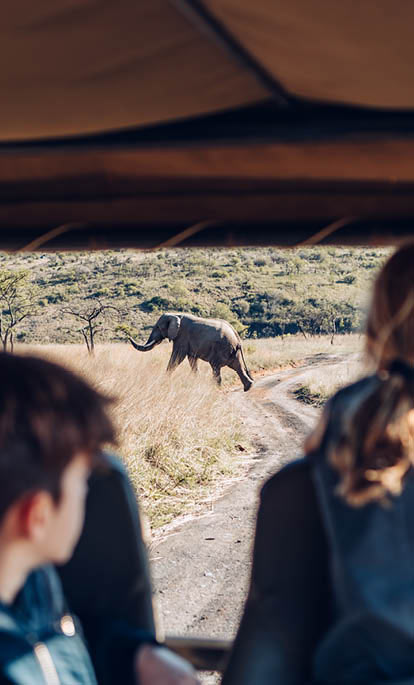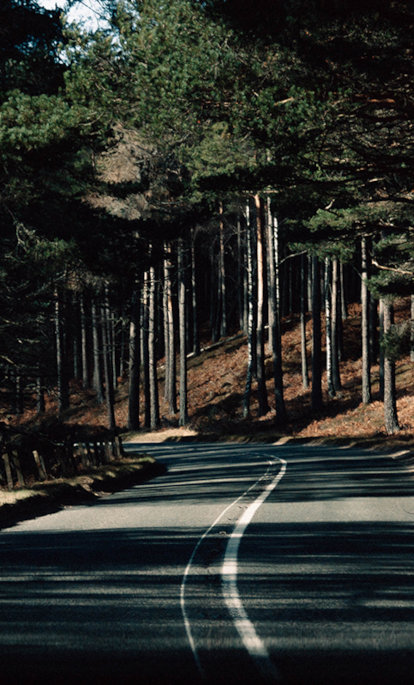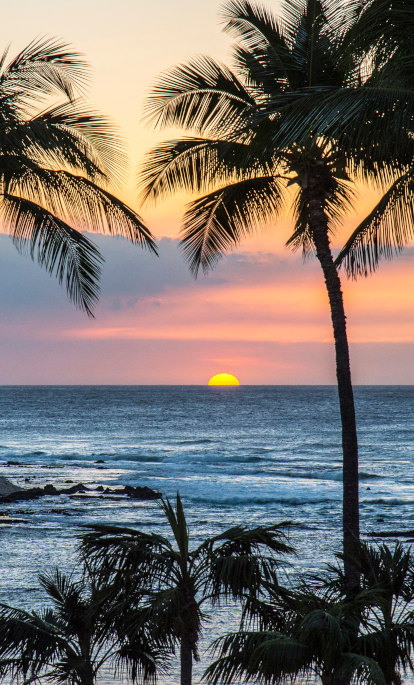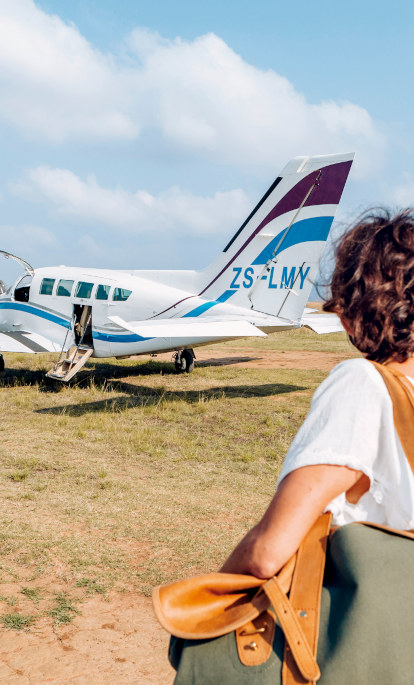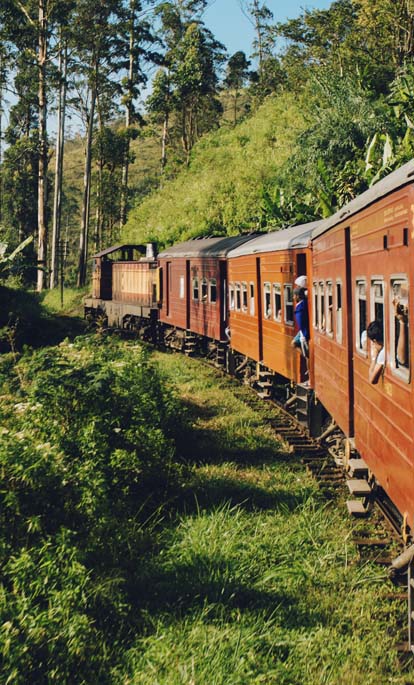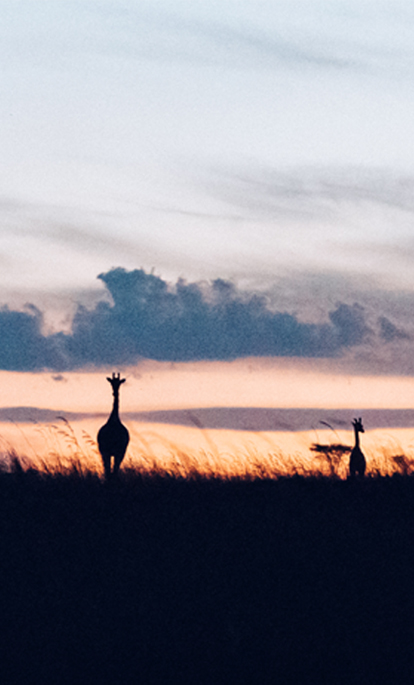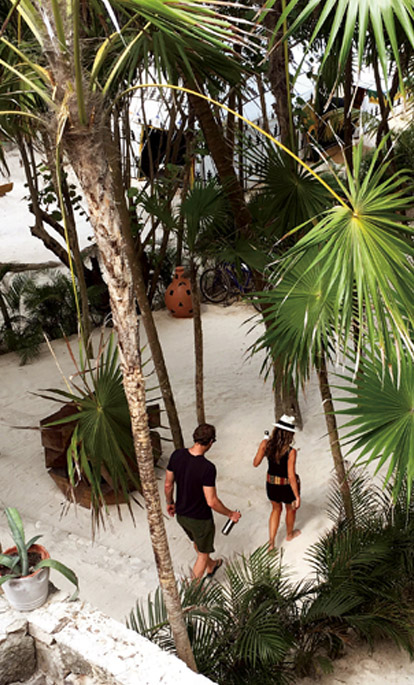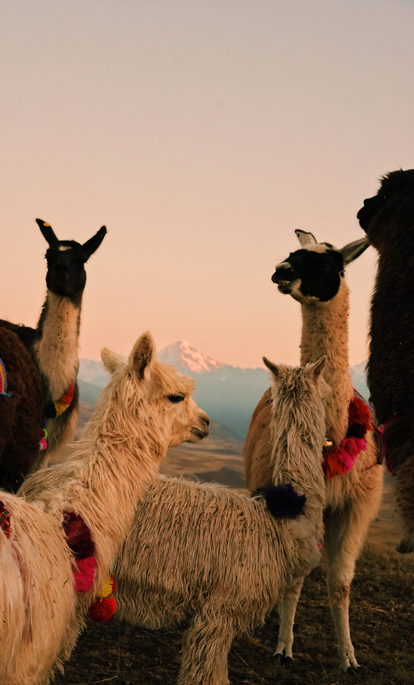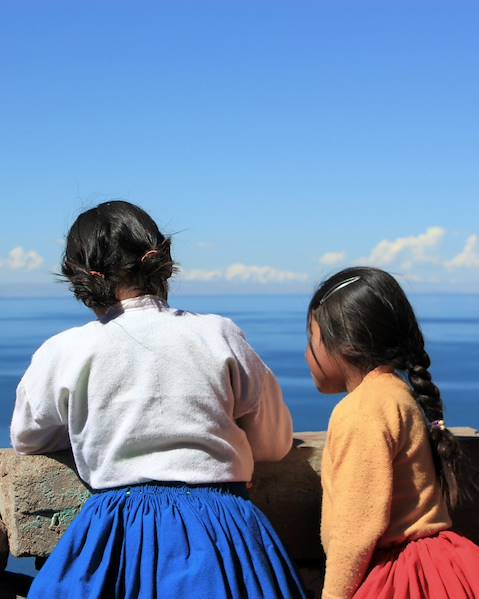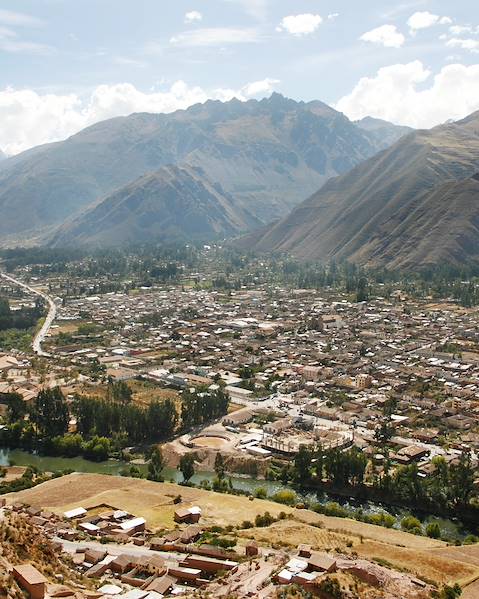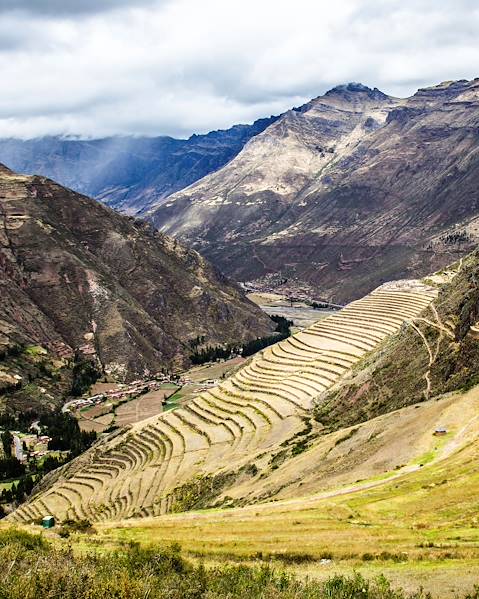Packing for Peru – land of rainforest, mountains and Macchu Pichu – differs from most destinations due to the country’s varied climate. Thanks to Peru’s close proximity to the equator, it doesn’t have four seasons like Europe and North America. What to pack for Peru is determined more by where you’ll be spending time; the tropical jungle, the cool highlands or the sparkling coast. Your clothing will also change according to what you plan to do. Read on for all you need to know to keep your packing pile lower than the Peruvian Andes.
Peru’s Regional Climates
Peru has three very different climate zones:
- The mountains
- The jungle
- The coast
Depending on where you go, you’ll want to pack certain items. Layers are usually the best idea for any extended Peru itinerary, as they can be removed or added as the conditions change.
What to Pack for Peru: The Essentials
- Light tops and trousers: trips to Peru usually involve being on the go, so you’ll want comfortable, breathable clothes. Packing a mix of short and long-sleeve tops will ensure you’re ready for the diverse conditions
- A waterproof jacket: did we mention the weather is unpredictable?
- Walking shoes: hiking boots are worthwhile if you’re planning lots of trekking
- Long socks: to keep your feet warm and dry, whether you’re in the Andes or the Amazon
- A backpack: ideally something relatively small and light that has different compartments for the things you need
- Camera or phone: for capturing the incredible scenery
- A universal adapter: Peru uses European-style outlets, but packing a universal adapter will cover you for future trips too
- A reusable water bottle: to avoid contributing to the problem of single-use plastics
- Sun cream and a hat: You’ll want to make sure you protect your skin, especially at altitude
It’s also a good idea to keep a copy of your passport, credit cards, travel insurance and other important documents in cloud storage so that you can access them if you lose your things.
What to Pack for The Mountains
Visitors from around the world flock to Peru’s rugged highlands where the Andes dominate the landscape. This region experiences two seasons: summer (April to October) with sunny days, cold nights and less rainfall; and winter (November to March), when it rains heavily. Temperatures fluctuate considerably according to the altitude. During the day, temperatures can reach 24°C, and at night they can fall to -3°C. Whether you’re tackling the Salkantay or the Inca Trail, hiking in Huaraz or just planning some gentle day treks, these items are essential for any outdoor enthusiast.
- Warm layers: the mountains can be cold and windy, especially at night
- Trekking poles: if you have a favourite pair, otherwise they are easy to buy or rent Folding poles are easiest to pack
- A poncho: to cover your legs and your backpack if it rains
- Painkillers: to ease headaches induced by altitude
What to Pack for The Jungle
The Amazon rainforest is one of the most remarkable places on Earth. There are thousands of reasons to visit (you could see pink dolphins, tapirs and so much more), but weather-wise, the clue’s in the name. The rainforest means rain. There’s also high humidity year-round, and the combination of the two leads to contradicting packing decisions (ideally, you’d wear shorts, but that means serving the bugs an easy meal). If you’re planning on visiting the jungle, you’ll want to take the following items.
- Insect repellent: be 100% sure you’ve packed bug spray before heading to the Amazon
- Bite cream: you’ll probably get bitten by something, so it’ll be nice to have some relief
- Long sleeves and trousers: so important we’re saying it twice. Fast-drying, lightweight items are best
- Sunglasses: because riverboats equal wind and water spray
What to Pack for The Coast
Peru’s coast has a warm-temperate climate, without extreme heat or cold but with high humidity and dense fog that makes it feel cool in winter. In the summer the temperatures reach 30°C, with sunny days and comfortable nights. In the north, the coast is warm almost all year, with a short rainy period in November and December. The central and southern coast has two distinct seasons, winter (April to October) and summer (November to March), and the coolest months are July and August, but average temperatures remain around 16 degrees. Your baseline of what to pack is covered by the above essentials. In addition, you’ll be grateful for the following.
- A swimsuit: or several, according to how much time you’ll be spending at the beach
- Sandals: opt for a sturdy and comfortable pair that can adapt from sandy shores to city streets
- Light, quick-drying fabrics: like the jungle, this region requires clothes that can wick-away moisture
